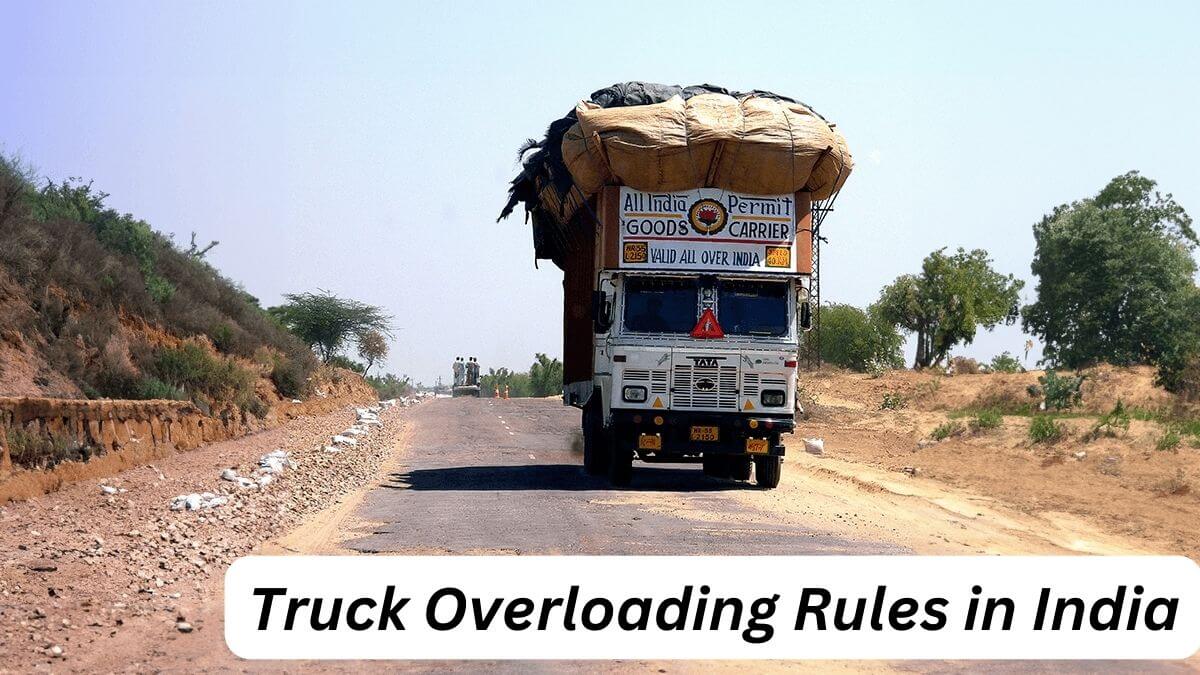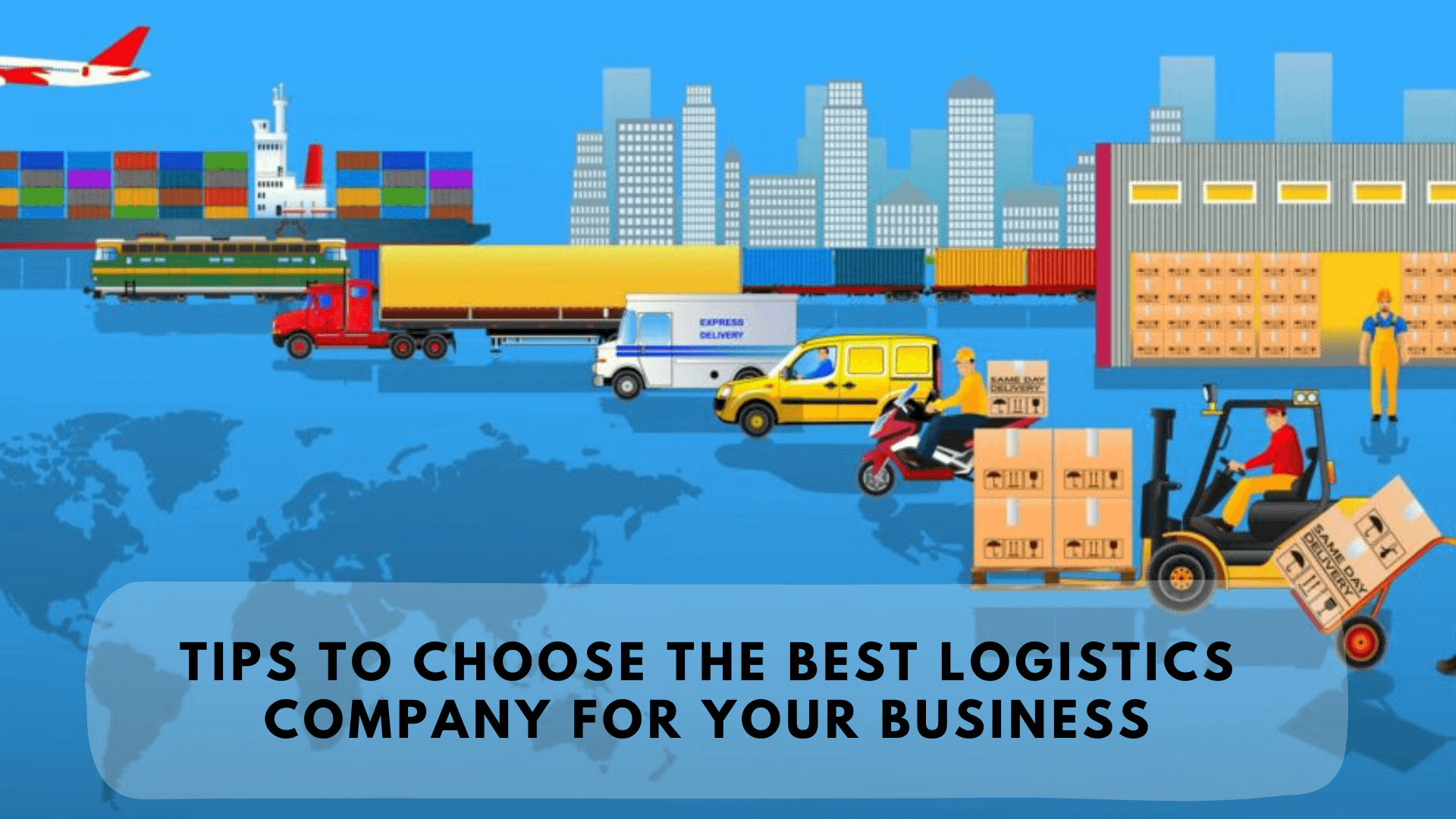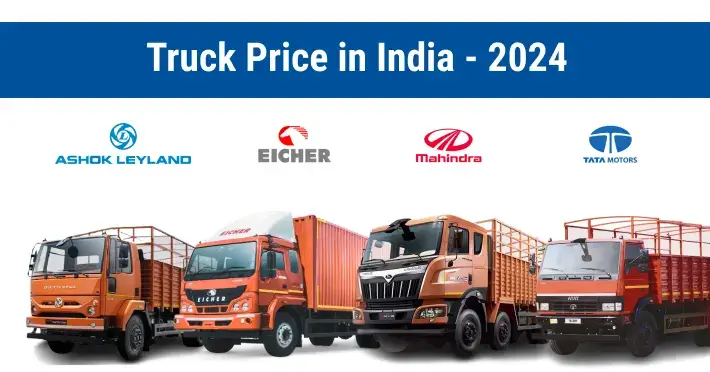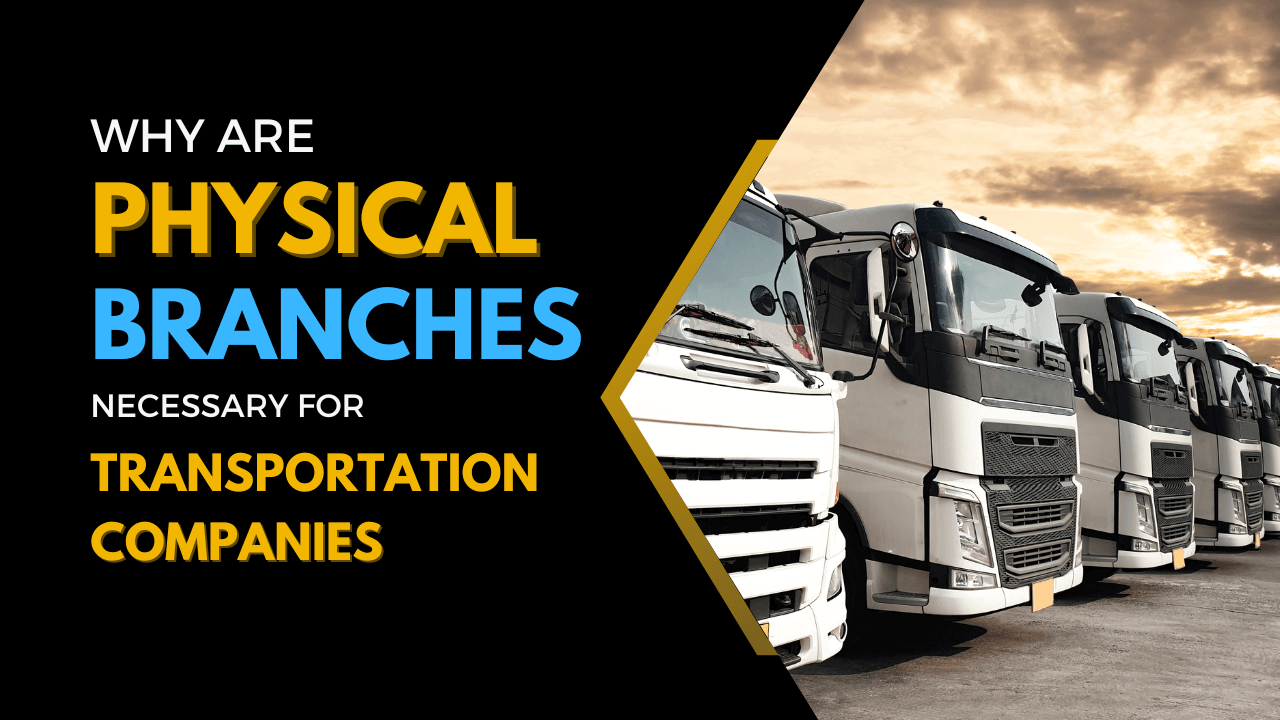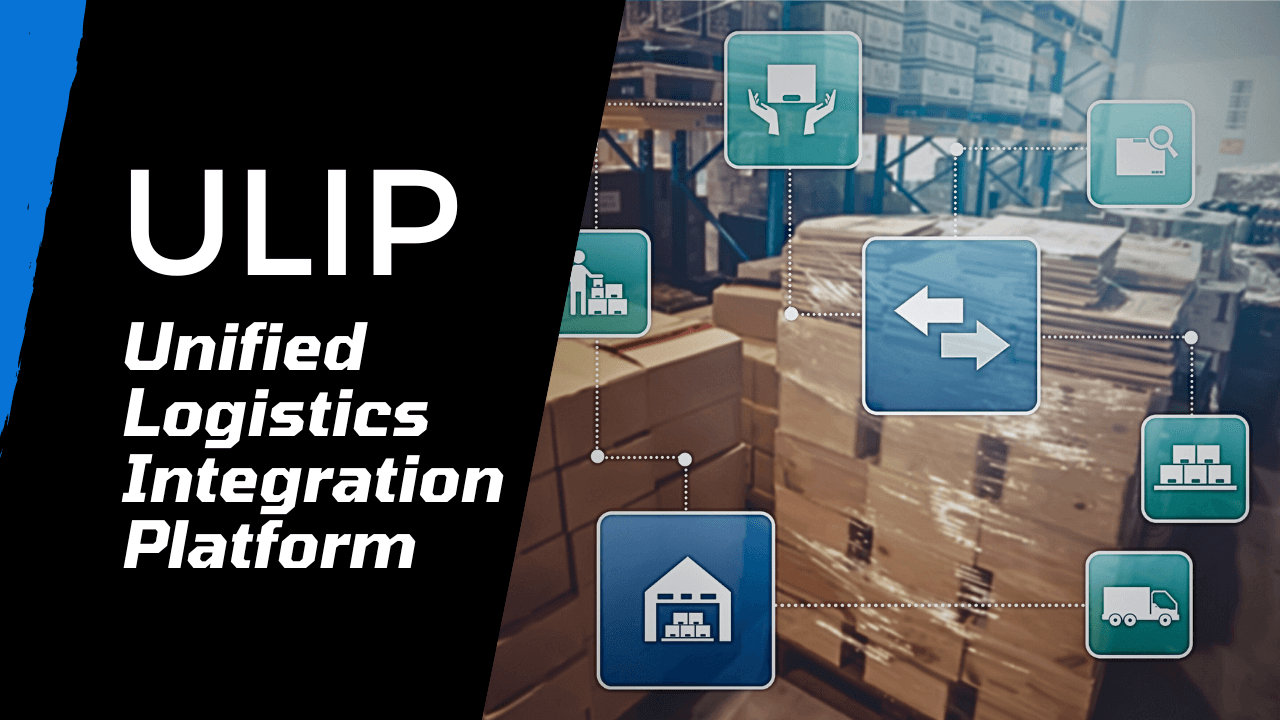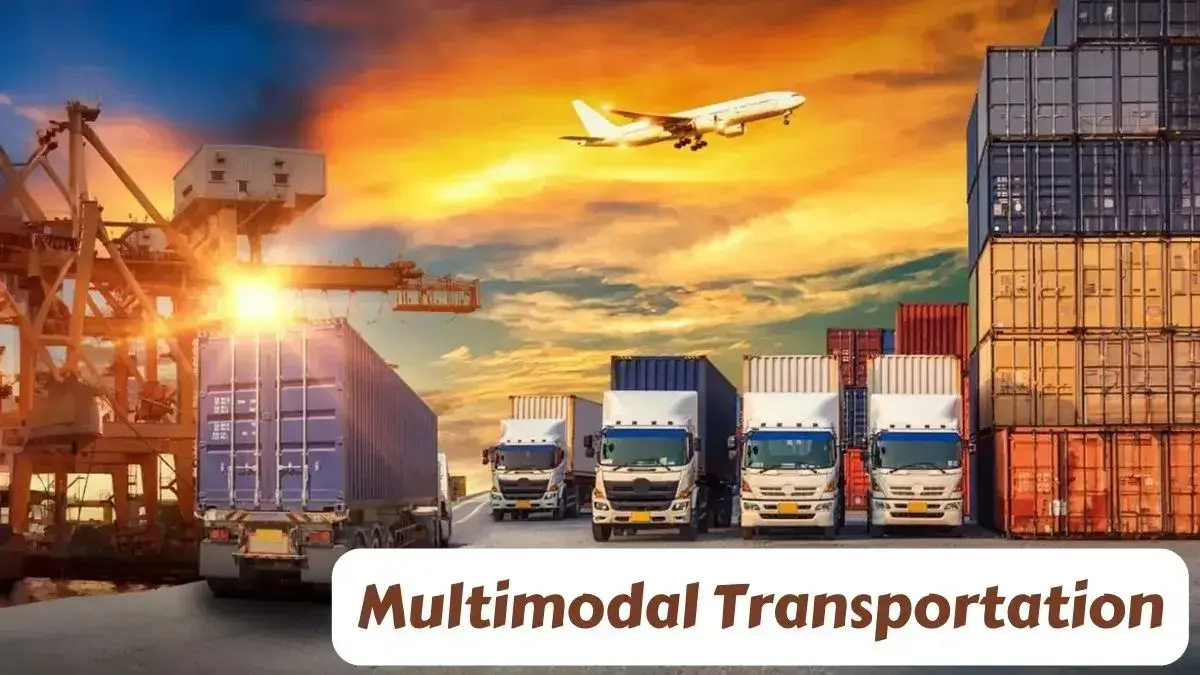
Table of Contents
What is Multimodal Transport Meaning?
Multimodal transport refers to the use of various modes of Truck Transportation to carry goods from one location to another. This can involve a variety of transportation methods, such as trucks, trains, ships, airplanes, bicycles, and even walking. It helps in the transportation of goods from their origin to their ultimate destination.
Multimodal transportat makes logistics operations more efficient, saves money, and enhances overall efficiency by mixing diverse modes of transport.
Example:
Imagine that the UK wishes to send goods to a customer in Australia. They choose multimodal transport.
The goods are first collected from the company’s warehouse in the UK and transported by truck to a selected port. Roads are used while the items are loaded onto trucks and transported to the port.
Next, the goods are removed from the truck and safely put into a container at the port. The container is subsequently transferred by ship, which travels across the ocean for many weeks before arriving in Australia.
After the ship arrives, the container is unloaded at the port, and the goods are transferred to their final destination within Australia. This can be done by using roads, where a truck delivers the container directly to the customer’s location.
Journey of Multimodal Transport
Throughout the entire journey, a Multimodal Transport Operator (MTO) coordinates and manages the transportation logistics.
They ensure smooth transitions between different modes of transport, handle necessary paperwork, and track the shipment’s progress. The MTO takes responsibility for the entire transport process, providing a seamless and integrated solution to the customer.
In some cases, multimodal transport may also involve using air transport instead of sea transport or rail transport instead of road transport.
Multimodal Transport Document
Multimodal transport requires a document called the Bill of Lading (BOL), which contains information about the consignee, carrier, shipper, and goods being transported. In a multimodal service, there’s only one contract and one Bill of Lading, which are issued by the Multimodal Transport Operator (MTO).
Multimodal transport combines various modes of transportation, like trucks, trains, planes, or ships, under a single contract. The carrier responsible for organising the entire journey is called a multimodal Transport Operator (MTO) and is accountable for delivering the goods and managing their liability.
According to the Carriage of Goods by Sea Act 1992 in English law, the term “bill of lading” includes a type of document called a “received-for-shipment” Bill of Lading. This document is issued by a freight forwarder, a storage depot, or a warehouse. Another type of document called a “combined bill of lading” can be issued by a carrier who collects goods from a factory and then delivers them to a ship using multi-modal transport. A bill of lading is a document given by a carrier or their representative to confirm that they have received the cargo for shipment.
Multimodal Transport System
A multimodal transport system involves using different types of vehicles to move goods or people. It combines various modes of transportation, like trucks, trains, planes, or ships, to create a smooth and efficient flow from where things start to where they need to go.
Its goal is to establish a smooth and efficient flow from the beginning point to the destination. In multimodal transport, goods are transported using different modes of transport, all arranged under a single agreement.
The carrier who plans the entire journey is called a multimodal transport operators (MTO), and they take care of delivering the goods and being responsible for them.
Benefits and Drawbacks of Multimodal Transport
Multimodal transport is compared to intermodal transport, which involves different carriers and contracts for each mode of transport.
However, it also presents challenges, so let us see the benefits and drawbacks of being involved in multimodal transport in detail.
Benefits
- Reduces costs and enhances security in goods tracking systems and collecting taxes.
- Lowers the prices of imported goods.
- Enhances the competitiveness of domestic products in the international market.
- Allows better scheduling of activities and control over compensating goods.
- Reduces transport time.
Drawbacks
- Requires high security measures due to frequent inspections by authorities at stations and roads.
- Faces legal and operational restrictions due to differences in international standards.
- May involve limited awareness of new technologies in the transport sector.
Conclusion:
In summary, each method of transport has advantages and disadvantages, and the mode of transport chosen is determined by criteria such as the type of company, the goods that are being delivered, and demand.
While new technology has enhanced transport, there are still drawbacks to be aware of. As a result, it is essential to pick the best mode of transport depending on the unique demands and requirements.
Also check out our blog post focusing on the types of companies involved in road transportation.
FAQs:
- What is multimodal transport?
Multimodal transport involves the use of many modes of transport to transfer commodities from one point to another.
- What exactly is a Multimodal Transport Operator (MTO)?
A Multimodal Transport Operator (MTO) is a carrier who is responsible for planning the full journey as well as ensuring the delivery and responsibility for goods in multimodal transport.
- How does multimodal transport differ from intermodal transport?
Multimodal transport integrates numerous means of transport under one contract, allowing for easier communication, shorter transit times, and reduced prices as compared to intermodal transportation, which employs distinct carriers and agreements for each mode.
- What is a Bill of Lading (BOL) in multimodal transport?
A Bill of Lading (BOL) is a document issued by a carrier or their agent to confirm receipt of goods for transportation through multimodal transport.
- Can multimodal transport use air or rail transport instead of sea or road transport?
Yes, depending on the specific requirements, multimodal transport can utilise air transport instead of sea transport or rail transport instead of road transport to meet the transportation needs.
Sakthi K
I am copyright writer with FR8. I take a little bit of time to complete my blogs because I undergo research and analysis of each and every article to gather accurate information. For me, writing is not just a job; it feeds my creativity and desire to share insightful information with readers. As a writer, I like to present content that is valuable and easily understood by every individual. I believe in the power of words, and if they are used in a good manner, they can create many positive changes around us.


